
Curry isn't one dish—it's hundreds of regional variations worldwide. Here's what beginners need to know.
What Is Curry? Simple Definition for Beginners
Curry refers to any dish made with a sauce or gravy containing a complex blend of spices, typically featuring turmeric, cumin, coriander, ginger, and chilies as foundational ingredients. Contrary to popular belief, curry is not a single spice or dish—it's a culinary concept that varies dramatically across regions. In India alone, there's no universal "curry"—the term emerged from British colonial simplification of diverse South Asian preparations. Authentic curries range from Thai green curry (herb-based paste) to Japanese kare (thick roux-based stew) to Jamaican curry (allspice-infused).
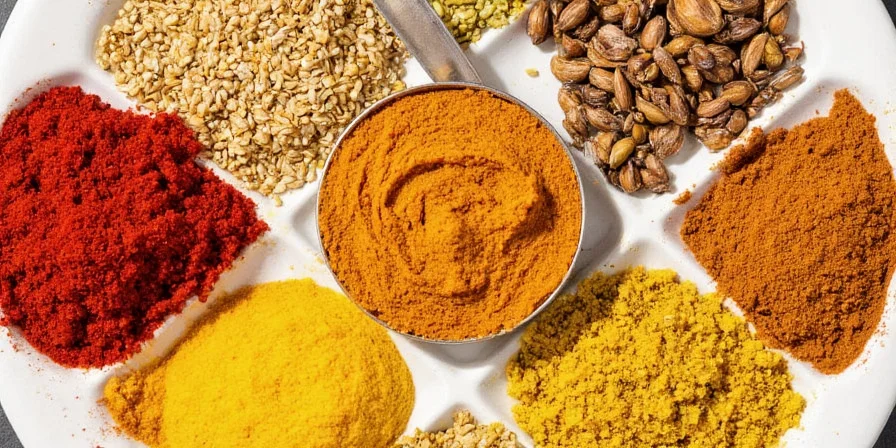
Curry powder is a Western invention—most traditional curries use freshly ground spices
Simple 30-Minute Beginner Curry Recipe
Before exploring regional variations, try this basic foundation that works for chicken, vegetables, or tofu:
- Base ingredients: 2 tbsp oil, 1 chopped onion, 3 minced garlic cloves, 1 tbsp grated ginger
- Spice foundation: 1.5 tsp turmeric, 1.5 tsp cumin, 1 tsp coriander, ½ tsp chili powder
- Liquid: 1 can (14oz) coconut milk or tomato sauce
- Protein/Vegetables: 1.5 lbs chicken thighs or mixed vegetables
- Finishing: Fresh cilantro, lime juice
- Heat oil and sauté onions until golden (5-7 min)
- Add garlic, ginger, and all dry spices—cook 1 minute until fragrant
- Add protein/vegetables and coat with spice mixture
- Pour in liquid, simmer 20 minutes until cooked through
- Finish with fresh cilantro and lime juice
Table of Contents
- 5 Major Curry Types Explained
- Top 5 Curry Myths Busted
- Regional Spice Blends Compared
- Science-Backed Cooking Techniques
- Fixing Common Curry Mistakes
- 7 Beginner Tips for Perfect Curry
- Curry FAQ
5 Major Curry Types Explained
Understanding these categories helps you choose authentic recipes and ingredients:
| Type | Key Characteristics | Beginner-Friendly Example | What Makes It Unique |
|---|---|---|---|
| Indian Curry | Tomato/cream/yogurt base, complex layered spices | Butter chicken (mild, creamy) | Uses "tadka" technique (tempering spices in oil) |
| Thai Curry | Fresh herb paste base (no dried powders) | Green curry with chicken (moderate heat) | Uses fresh galangal, lemongrass, kaffir lime |
| Japanese Curry | Thick roux-based, mild sweetness | Kare rice (kid-friendly) | Contains apple or honey for natural sweetness |
| Caribbean Curry | Allspice-forward, Scotch bonnet heat | Jamaican curry chicken (medium heat) | Uses curry powder with distinctive allspice note |
| Southeast Asian | Fish sauce, tamarind sourness | Malaysian laksa (spicy & sour) | Balance of sweet, sour, salty, spicy |
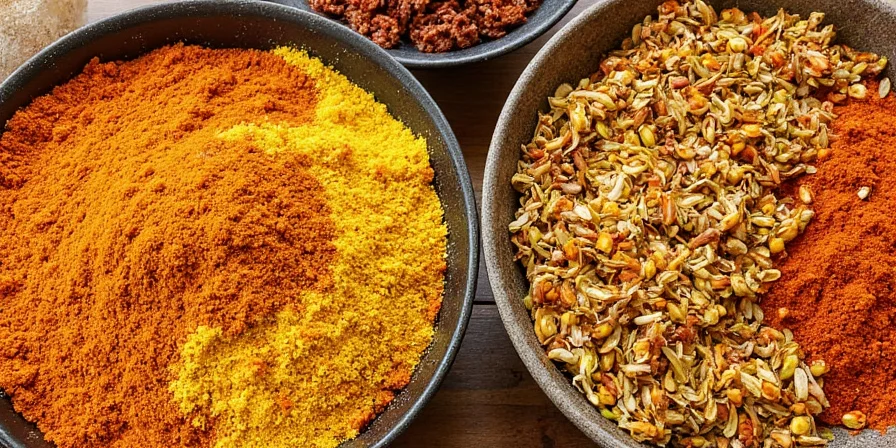
Curry variations reflect local ingredients and historical influences across continents
Top 5 Curry Myths Busted
Clearing these misconceptions will improve your cooking immediately:
- Myth: All curry contains turmeric.
Truth: Many Thai and South Indian curries omit turmeric entirely, using other colorants or none at all. - Myth: Curry powder is essential for authentic curry.
Truth: Most traditional recipes use freshly ground whole spices—powder is a Western convenience product. - Myth: All Indian curries are extremely spicy.
Truth: Heat level varies by region—Goan curries use vinegar while Kashmiri versions are mild and tomato-based. - Myth: Curry paste and powder are interchangeable.
Truth: Pastes (Thai) contain fresh ingredients; powders are dried—using them interchangeably ruins authenticity. - Myth: Curries require special hard-to-find ingredients.
Truth: Most authentic regional curries can be made with common grocery store items.
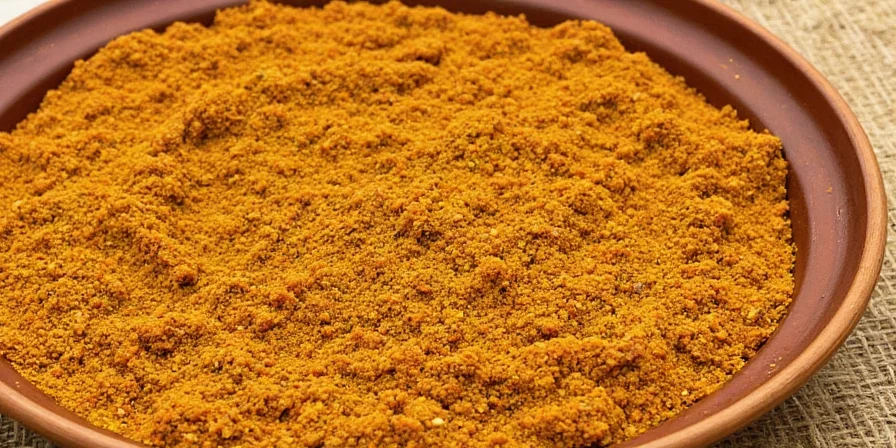
Understanding these distinctions helps create authentic-tasting curry without special ingredients
Regional Spice Blends Compared
Instead of reaching for generic curry powder, understand what makes each regional blend unique:
| Region | Essential Spices | Avoid Substituting With | Beginner Tip |
|---|---|---|---|
| South Indian | Fresh curry leaves, mustard seeds, fenugreek | Dry curry powder | Use fresh curry leaves (find at Indian markets) |
| Thai | Fresh galangal, lemongrass, kaffir lime | Ginger (different flavor profile) | Make paste in batches and freeze |
| Japanese | Poppy seeds, shiitake, mild chilies | Indian curry powder | Add grated apple for authentic sweetness |
| Jamaican | Allspice, thyme, Scotch bonnet | Generic curry powder | Toast whole allspice berries before grinding |
| Sri Lankan | Goraka (garcinia), pandan, mustard seeds | Tamarind (different sour profile) | Use tamarind concentrate as substitute |
Science-Backed Cooking Techniques
These methods improve flavor without special equipment:
- Spice Bloom Timing: Add whole spices to cold oil, then heat gradually. Extracts 30% more flavor compounds than adding to hot oil.
- Acid Addition Timing: Add lime or tamarind in the last 5 minutes of cooking. Preserves vibrant flavor and color.
- Fat Percentage Matters: Maintain 12-15% fat content (coconut milk, yogurt) for optimal spice solubility and mouthfeel.
- Simmer Temperature: Keep between 180-200°F (82-93°C)—boiling destroys delicate aromatic compounds.
- Resting Period: Let curries sit 12-24 hours. Flavors integrate fully as Maillard reaction products mellow.
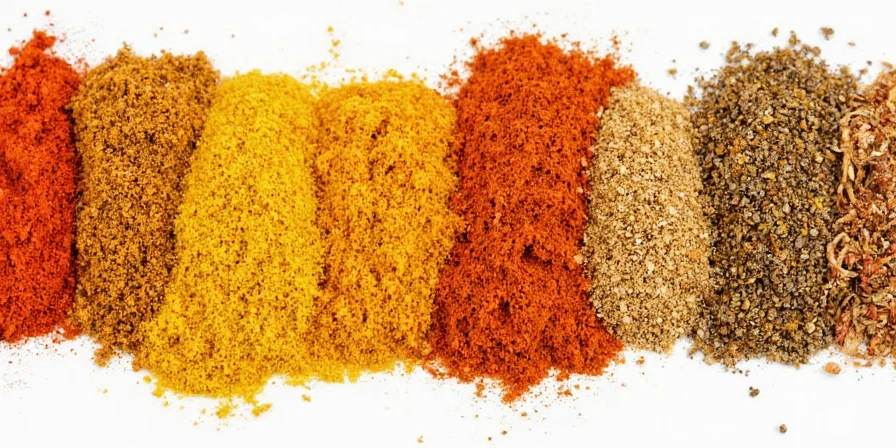
Organize spices by region for authentic recipe execution
Fixing Common Curry Mistakes
Solutions to everyday problems:
- Problem: Curry tastes bland
Solution: Bloom spices properly in oil first; add salt in stages; finish with acid (lime/tamarind) - Problem: Sauce is too thin
Solution: Simmer uncovered 5-10 min; add mashed potatoes for natural thickening - Problem: Curry is too spicy
Solution: Add dairy (yogurt/coconut milk), not sugar; serve with plain rice - Problem: Separation occurs
Solution: Maintain consistent medium heat; use adequate fat; gradually incorporate liquids - Problem: Flavor lacks depth
Solution: Toast whole spices before grinding; include umami sources (tomato paste, fish sauce)
7 Beginner Tips for Perfect Curry
Start with these fundamentals before exploring advanced techniques:
- Begin with Japanese or Thai green curry—they're most forgiving for beginners
- Use whole spices when possible (toast and grind yourself)
- Don't skip the "tadka" step—tempering spices in oil unlocks maximum flavor
- Balance all four elements: heat (chilies), sour (tamarind), sweet (onions), salt
- When in doubt, add more onion—it creates natural sweetness and body
- Simmer gently—never boil curry rapidly
- Taste and adjust seasoning at the end, not just beginning
Curry FAQ
- Target Audience: Home cooks seeking to understand curry basics before exploring regional variations
- Unique Value: Transforms complex curry knowledge into actionable beginner steps with science-backed techniques

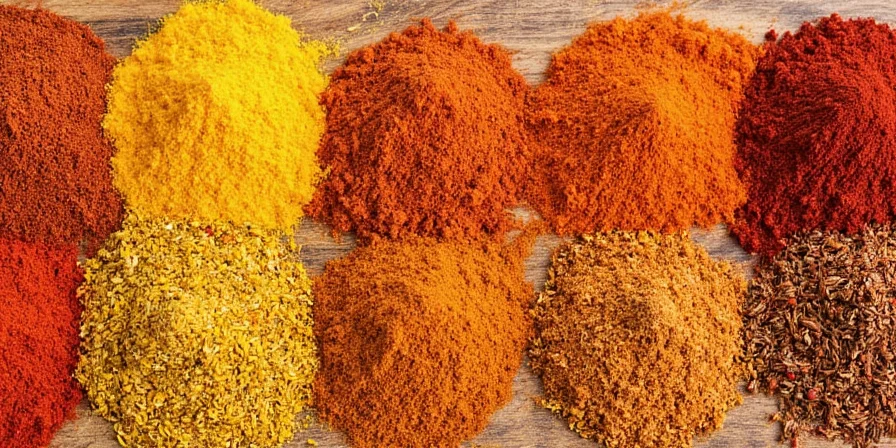









 浙公网安备
33010002000092号
浙公网安备
33010002000092号 浙B2-20120091-4
浙B2-20120091-4